Irish lace has played a big role in Irish history. And in the village of Kenmare, in south County Kerry, it is celebrated and is enjoying a bit of a rebirth.
The Kenmare Lace & Design Centre takes up most of one floor of the building where it's housed. And Nora Finnegan is always happy to educate visitors on the types of lace and their uses.
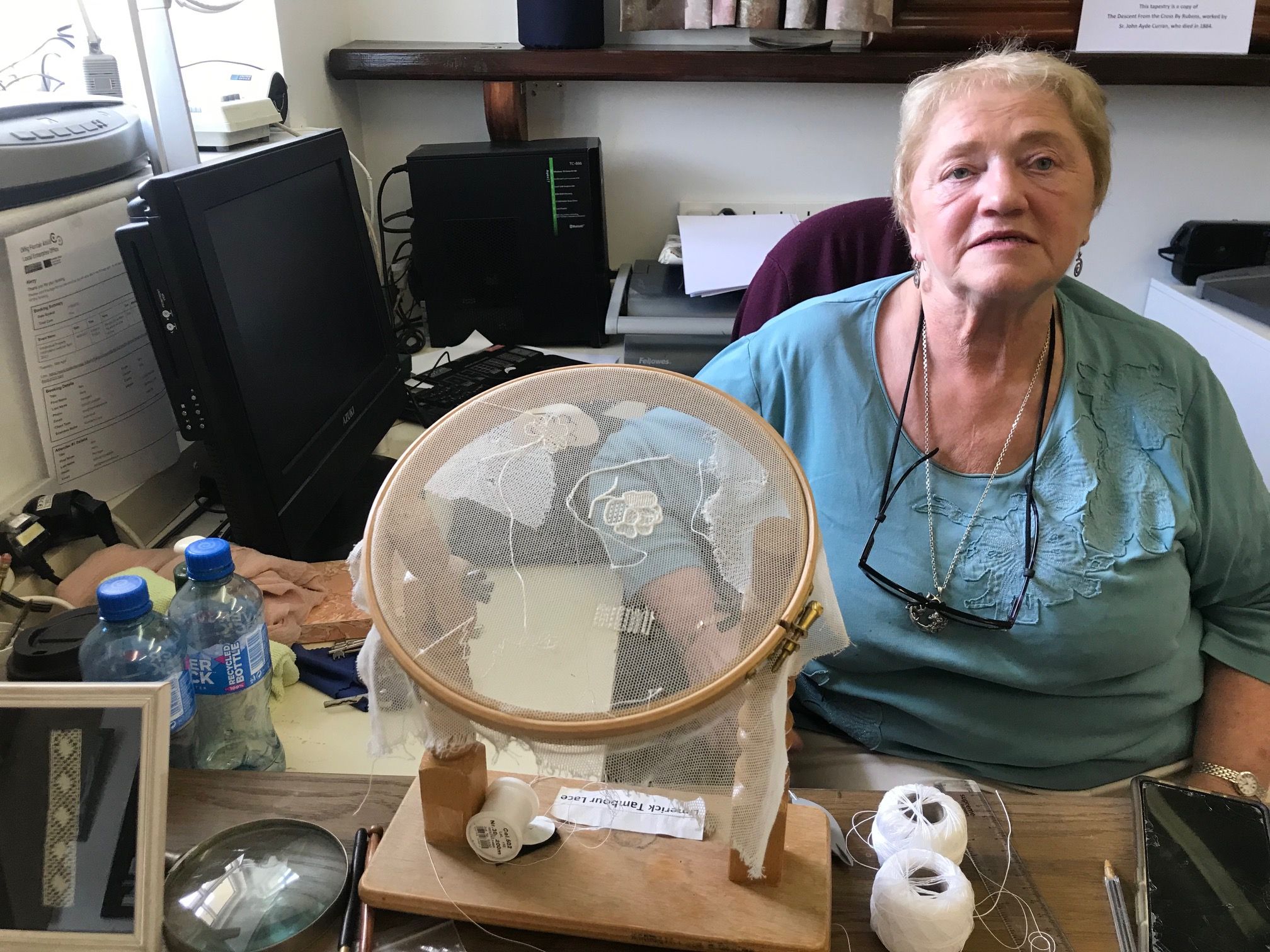
Nora Finnegan, lacemaker and historian.
From Kenmare Lace to Irish Crochet Lace, and from Limerick Lace and Bobbin Lace to Carrickmacross Lace, each has its own process, its own look and its own use. And many of the same stitches are involved in different ways.
"In the 1860s, the nuns came here to Kenmare and realized that women here had no way of making money. So they gave the women the gift of lacemaking. It was the Victorian Era and Queen Victoria wore a lot of lace," Finnegan says. "So it was a lucrative thing for women to do."
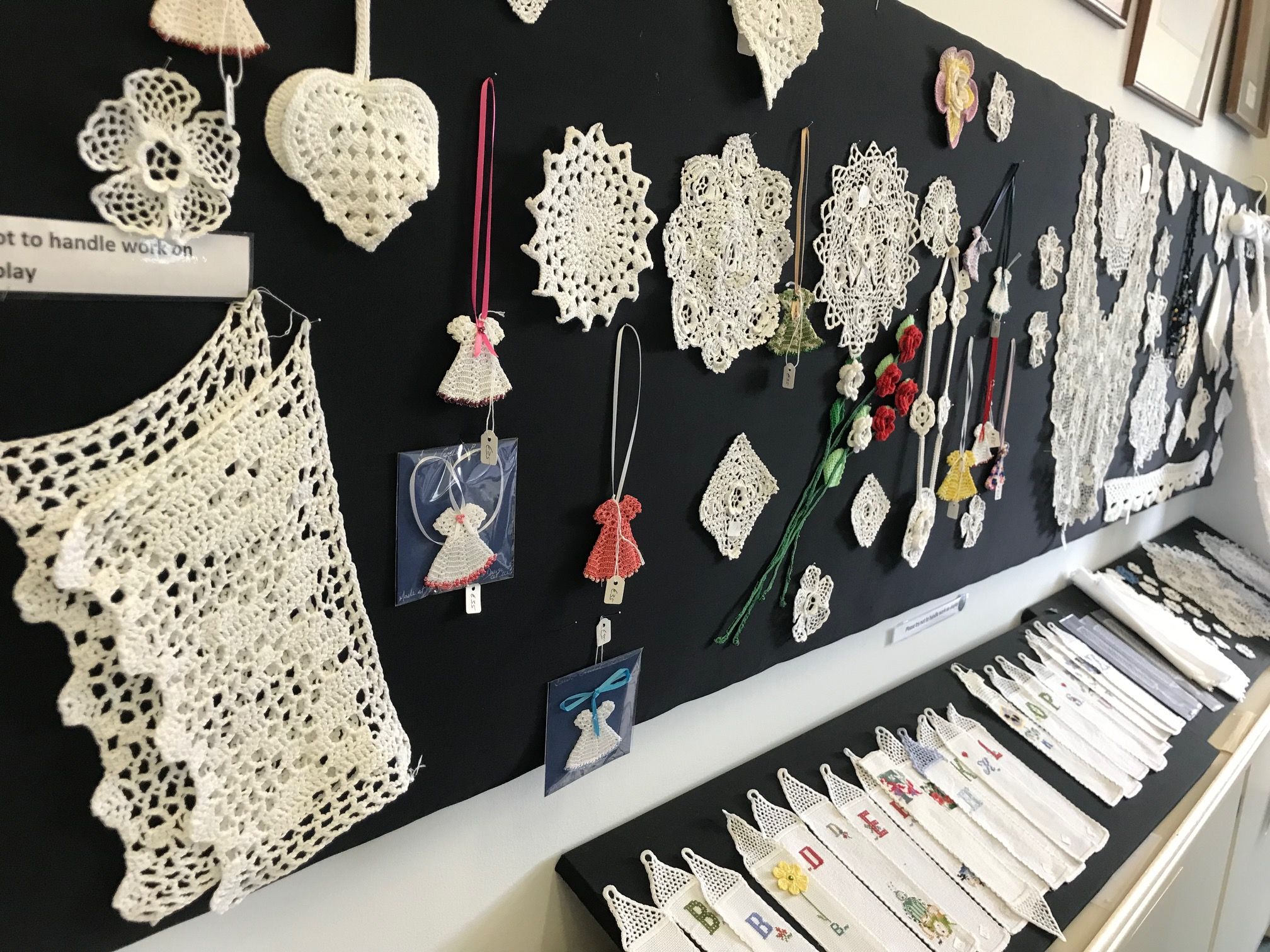
The Lace and Design Center in Kenmare
She adds that it takes from 15-25 hours to make an inch of Kenmare Lace and it used to be said it was worth its weight in gold.
She has a lot of stories about the different laces used in Princess Diana's wedding veil, in Kate Middleton's wedding dress and veil, and in the vestments nuns made for the clergy.
"One time," she says, "an American customer asked for a lace bedspread. It took 25 nuns three years to complete and cost $300 at a time that a significant house could be purchased for $100. One bedspread for the price of three homes! That's how much lace was worth back then."
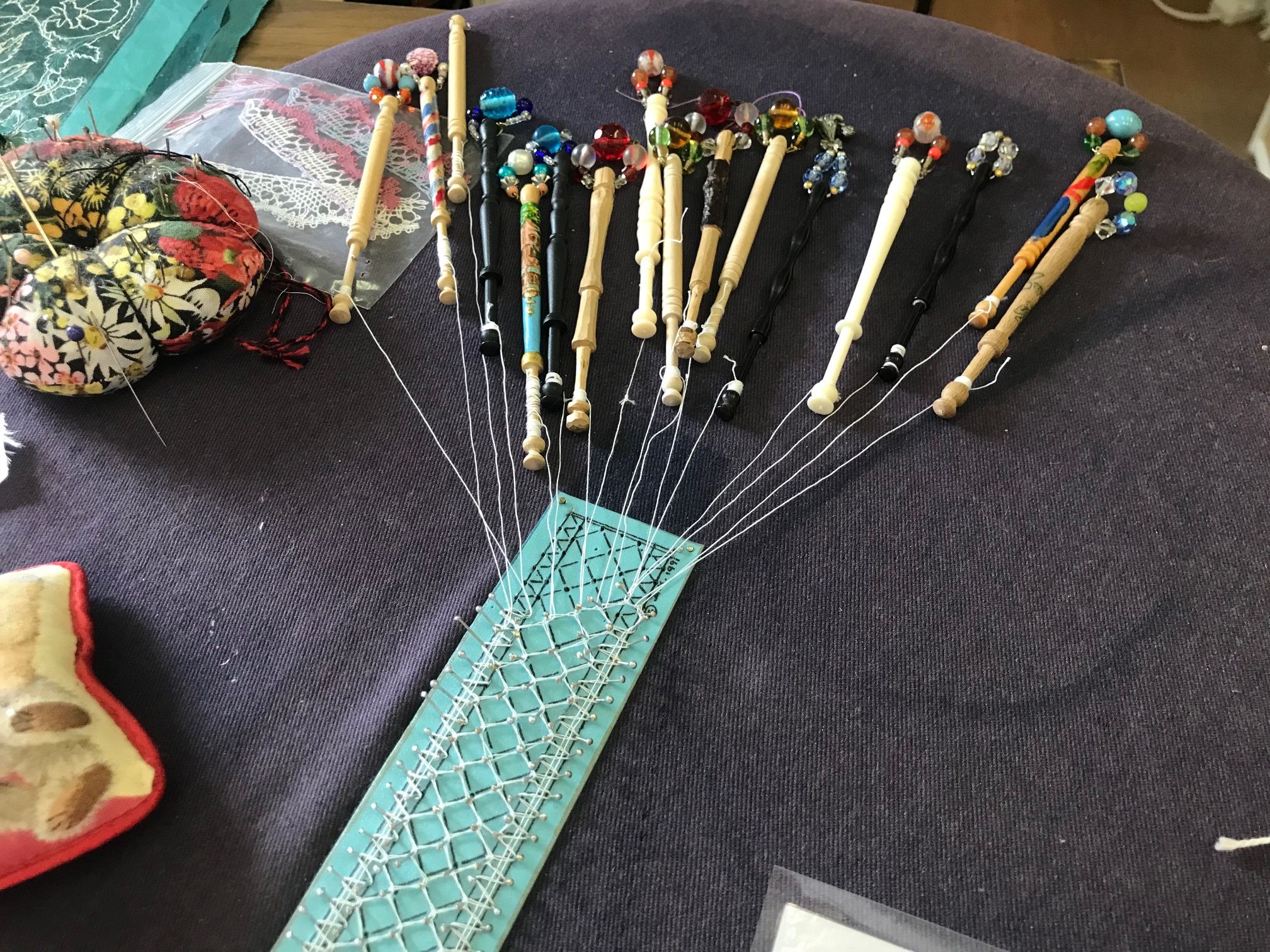
Bobbin Lace
And yet there isn't much of a mention of that earning power in the history books. Finnegan says that's because it was considered 'women's work.'
Nora Finnegan and her group teach lacemaking in the wintertime to keep the art alive. But the different laces are on display at the Kenmare Lace and Design Center, all year long.
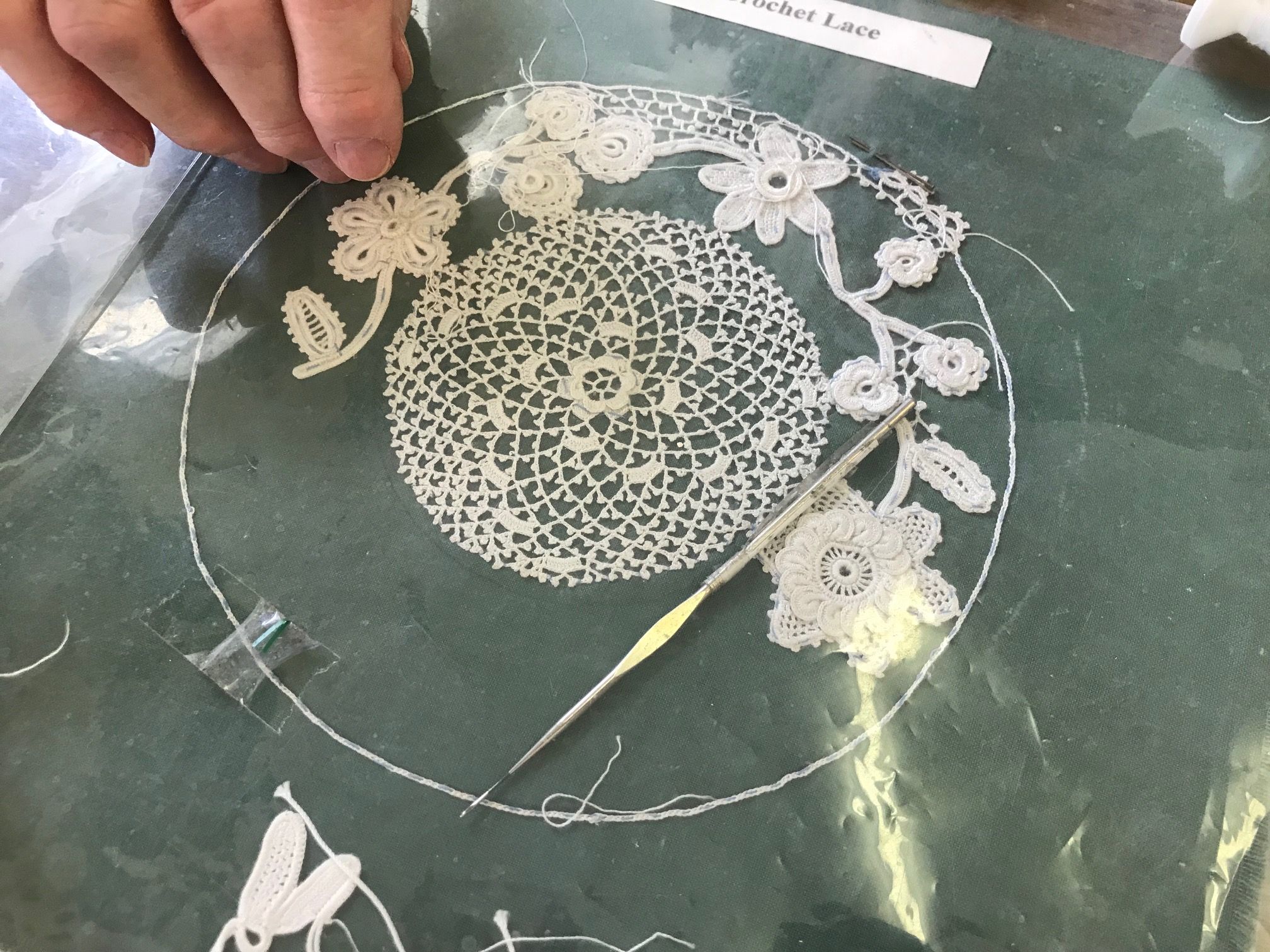
Lacemaking in progress in Kenmare, Ireland.
To hear Nora Finnegan talk about lacemaking and its history, check out this episode of Erin's Isle, a podcast committed to Celtic culture and Irish heritage.
This article was submitted to the IrishCentral contributors network by a member of the global Irish community. To become an IrishCentral contributor click here.
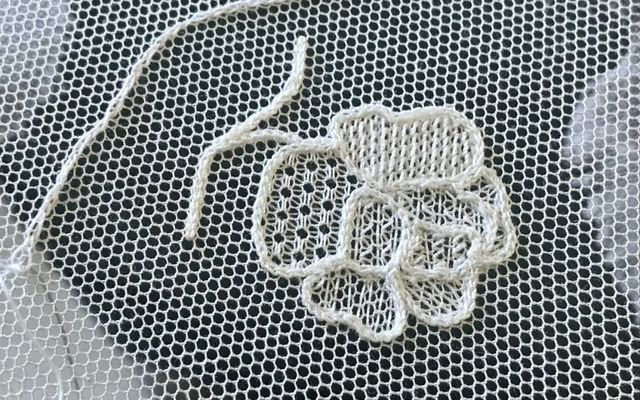



Comments